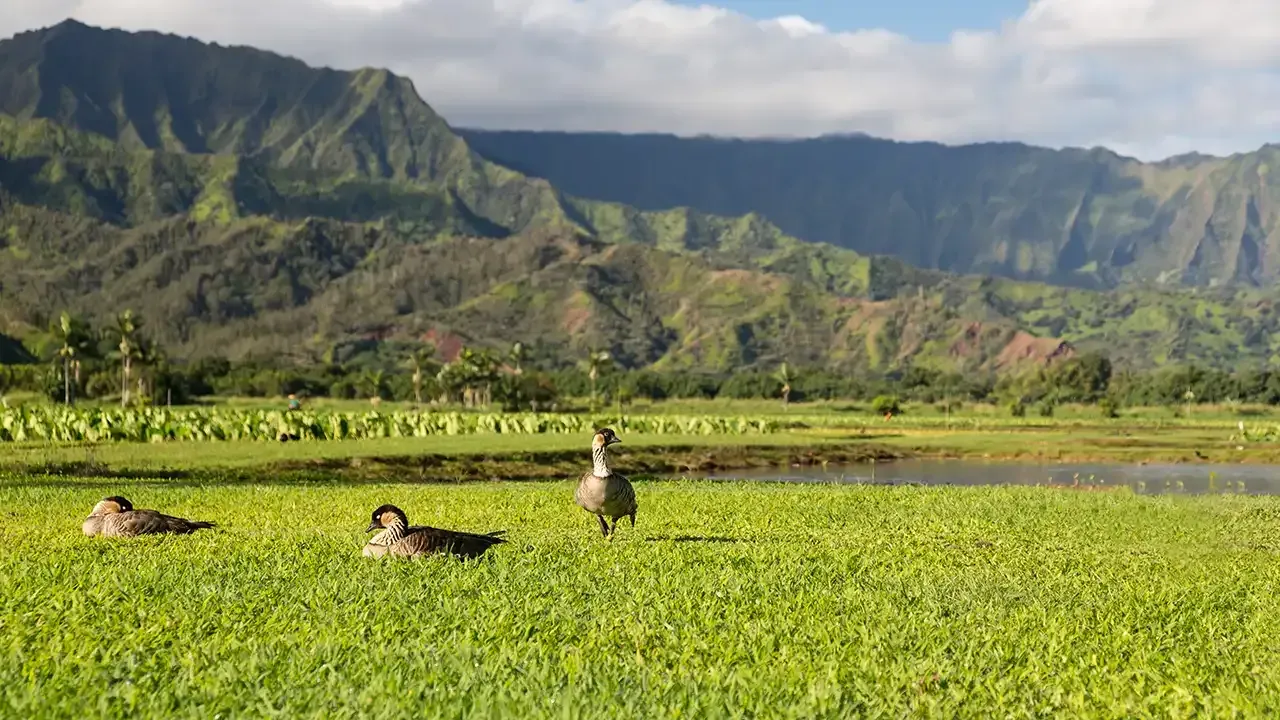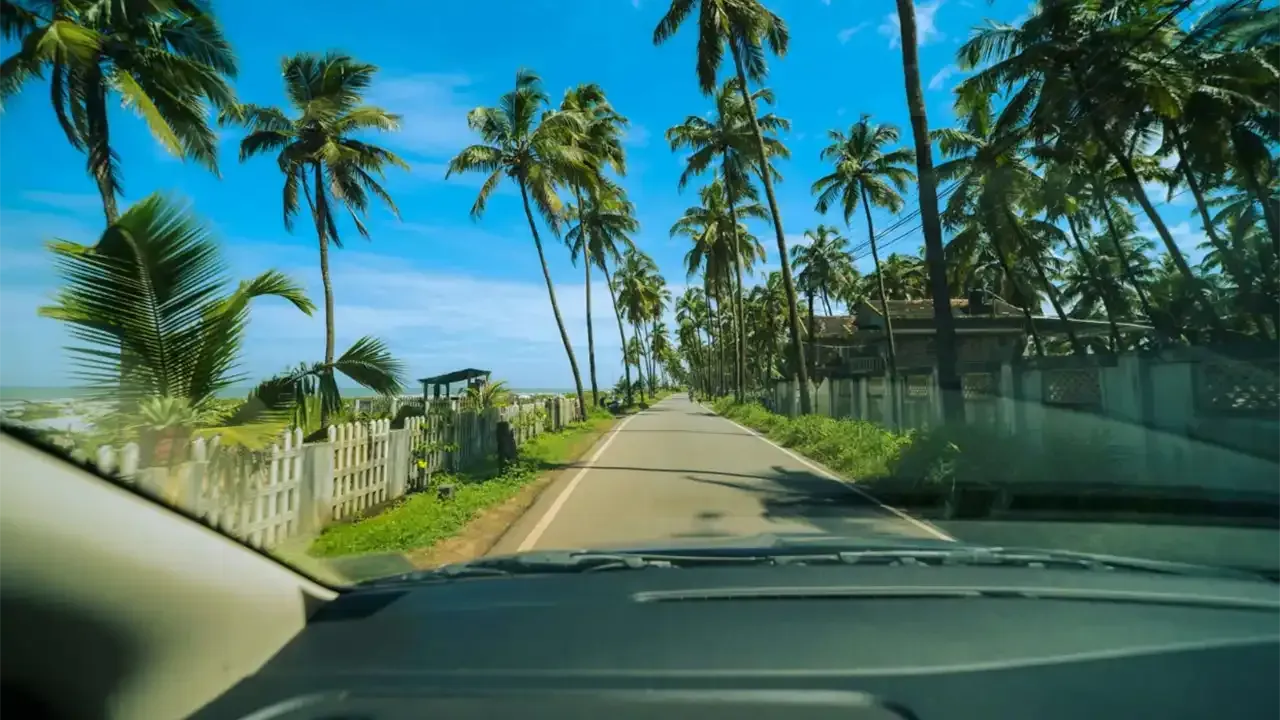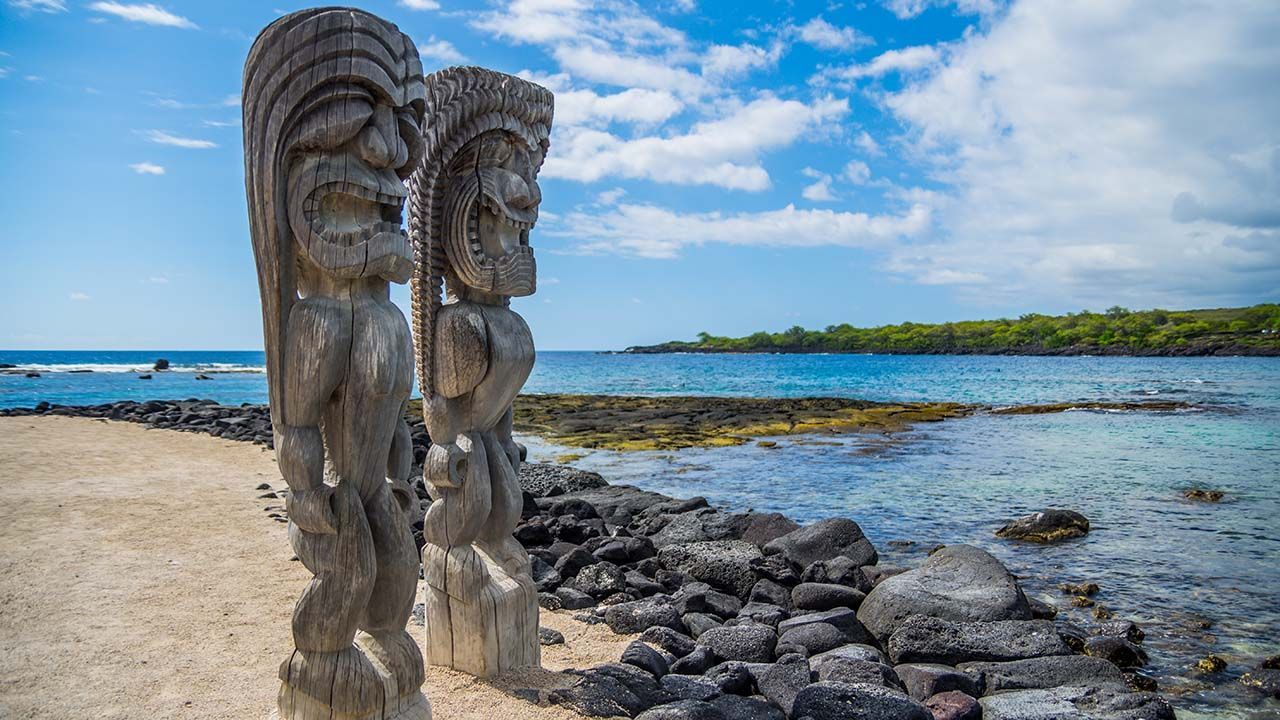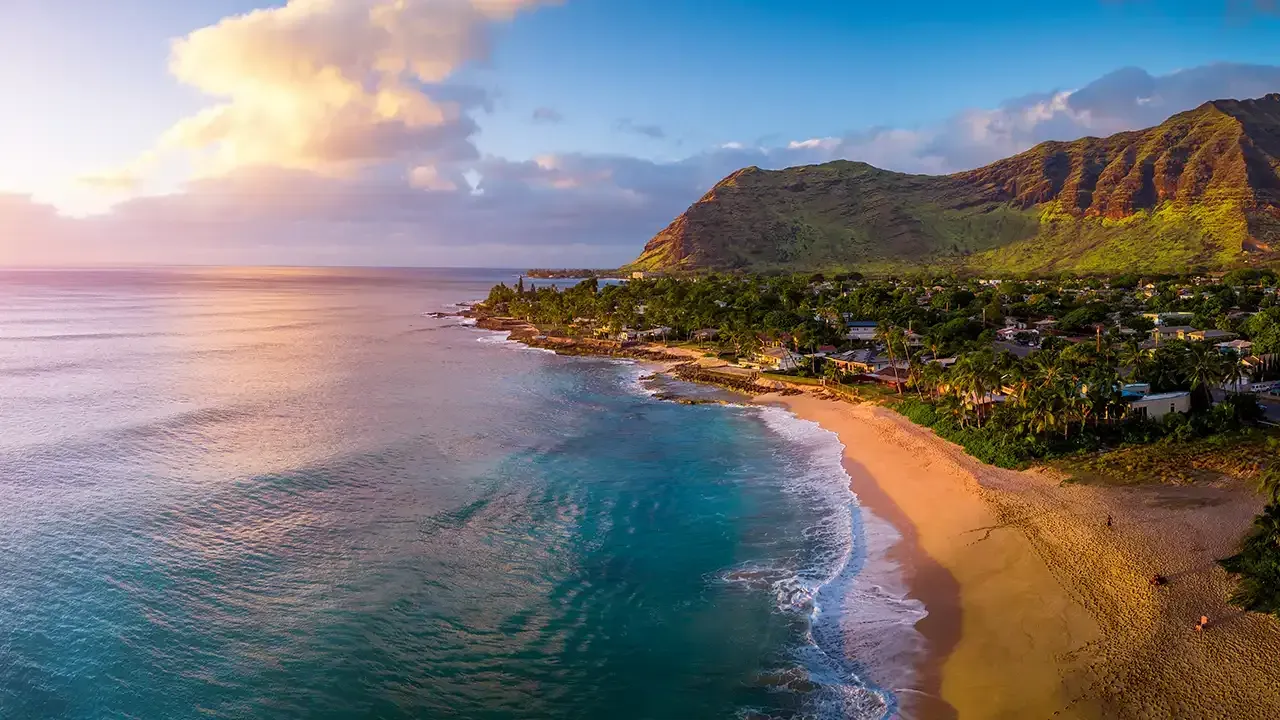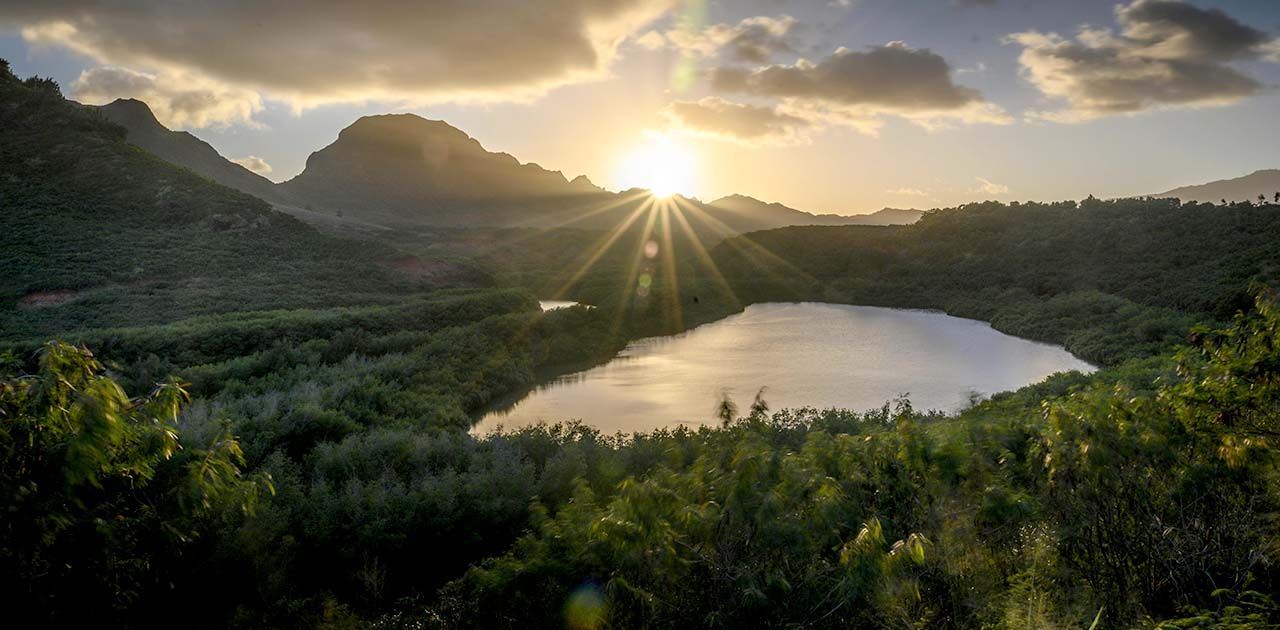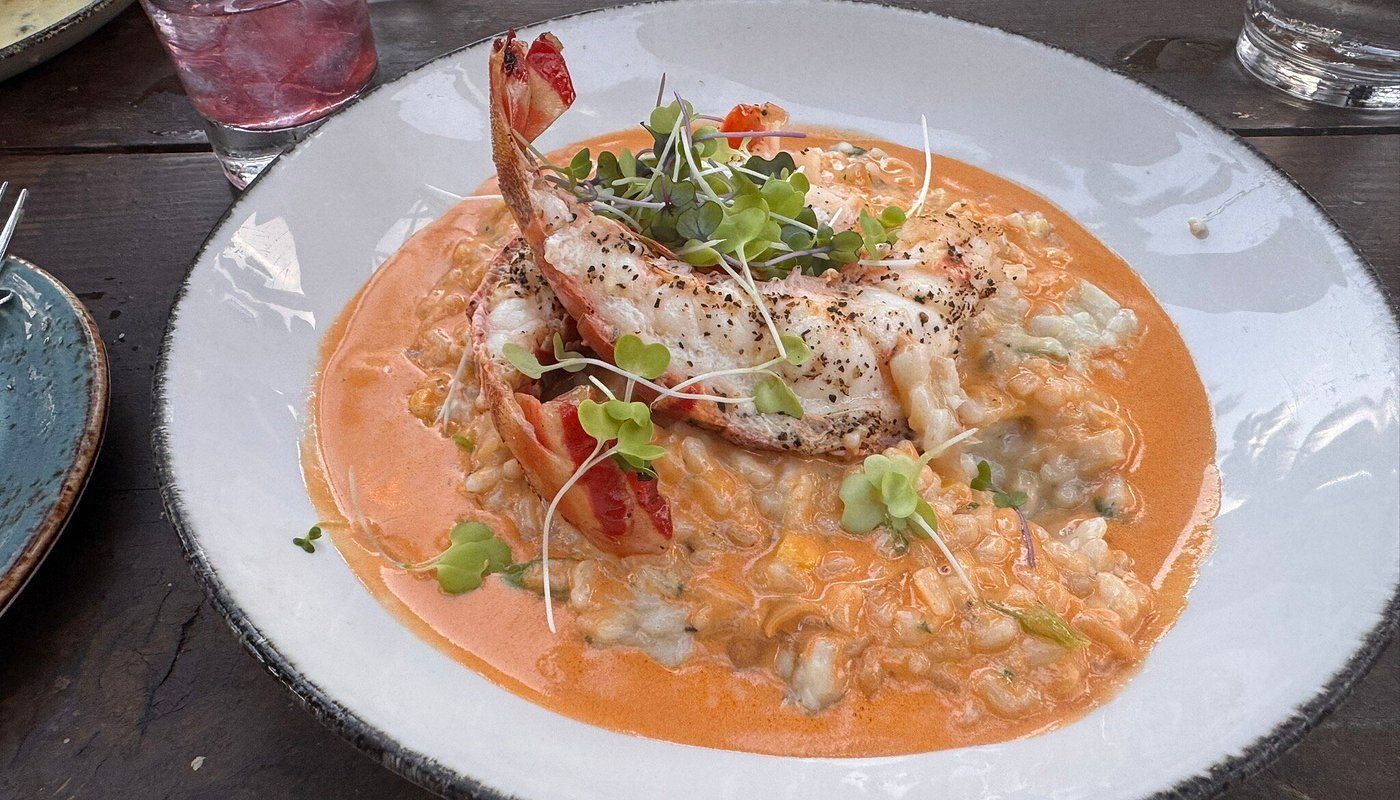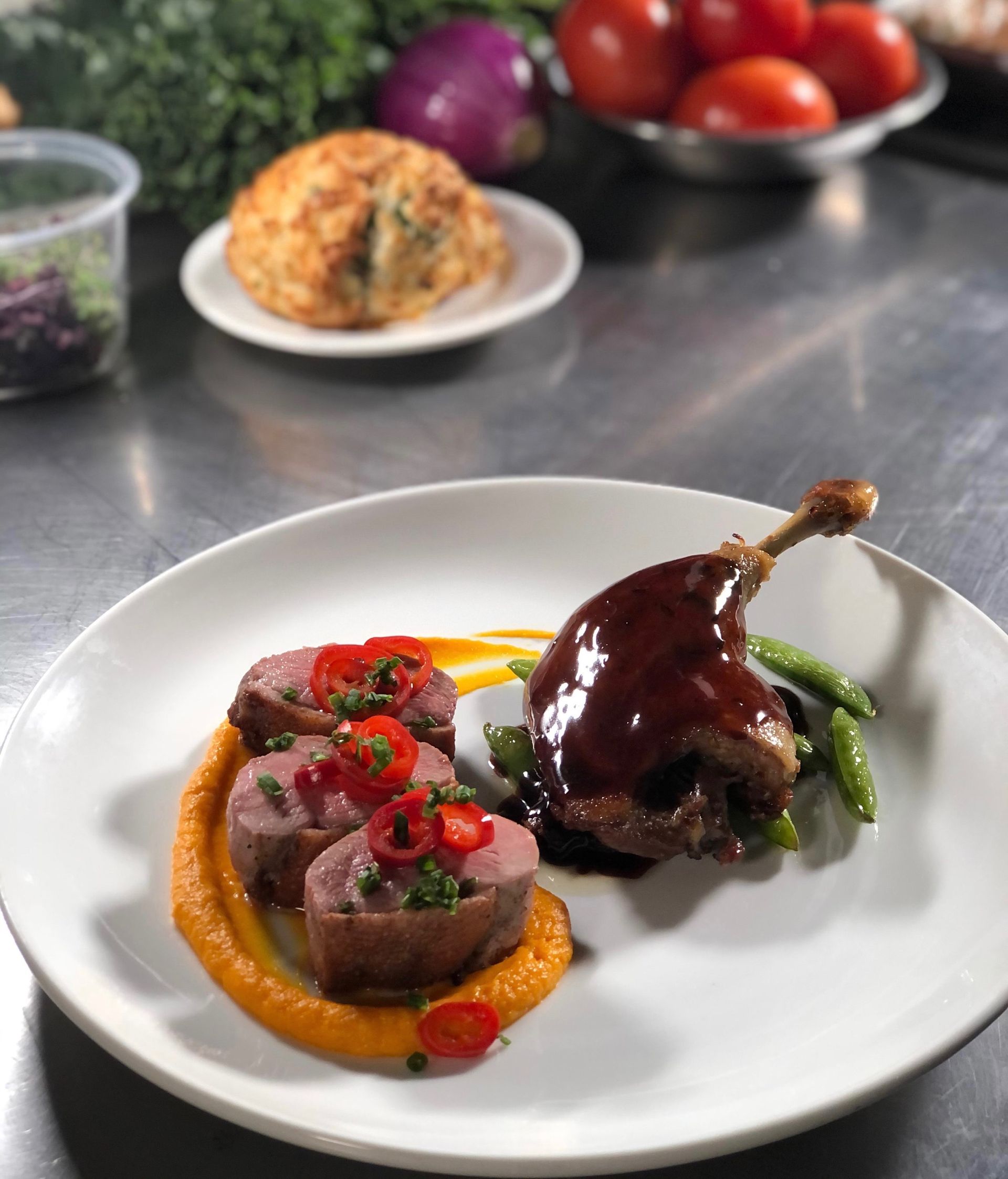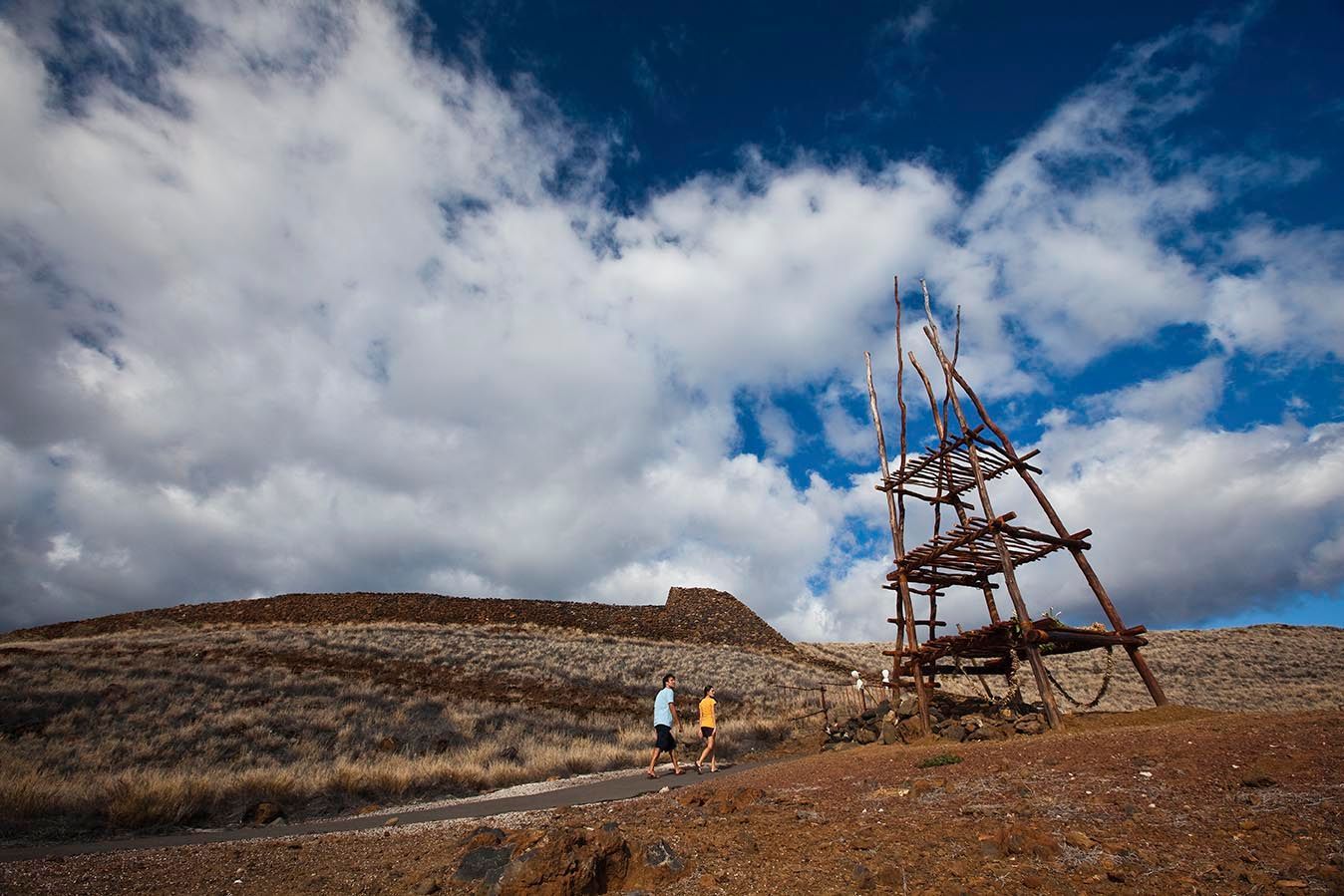Scuba Diving Hawaii: Everything You Should Know
Table of Contents
- Why Scuba Dive in Hawaii?
- Best Time of Year for Scuba Diving in Hawaii
- Top Islands for Scuba Diving
- Must-see Marine Life
- Types of Dive Sites in Hawaii
- Do You Need Certification?
- How to Get Scuba Certified in Hawaii
- Top-rated Dive Shops & Tour Operators
- What to Bring Scuba Diving in Hawaii
- Safety Tips for Scuba Divers
- FAQ: Scuba Diving Hawaii
Why Scuba Dive In Hawaii?
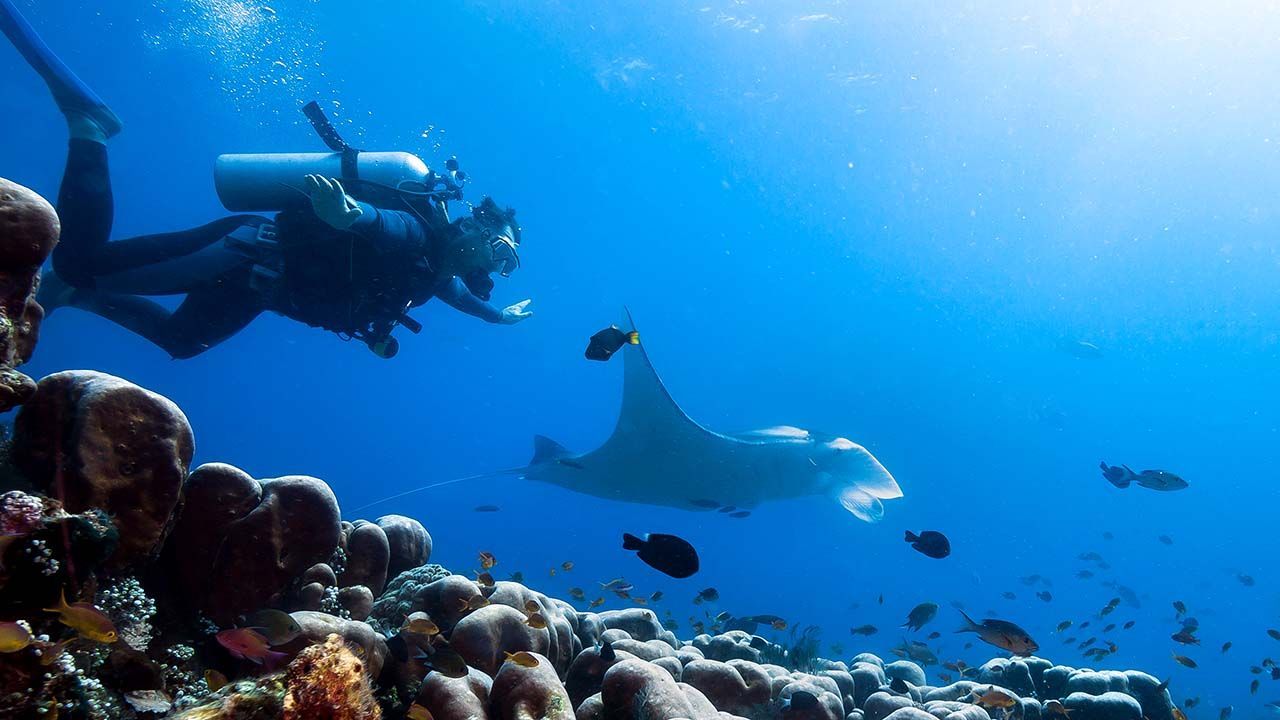
Hawaii is one of the world's most celebrated scuba destinations. With warm waters, stunning reef formations, vibrant marine life, and visibility often exceeding 100 feet, the islands offer an underwater experience like no other. Whether you're a first-time diver or a seasoned pro, Hawaii's reefs, lava tubes, and shipwrecks deliver something unforgettable.
Add to that Hawaii's year-round dive season, a range of beginner-friendly and advanced sites, and the chance to see everything from green sea turtles to manta rays, and it's clear why scuba diving is one of the top things to do in Hawaii.
Best Time of Year for Scuba Diving in Hawaii
Scuba diving in Hawaii is a year-round activity, but certain months offer ideal conditions:
| Season | Conditions |
|---|---|
| Winter (Dec–Feb) | Bigger surf on north shores may limit access; whale watching season begins |
| Spring (Mar–May) | Calmer seas, better visibility, and less crowded dive spots |
| Summer (Jun–Aug) | Warm water, calm ocean conditions, peak travel season |
| Fall (Sep–Nov) | Excellent visibility, fewer crowds, great dive conditions |
Pro Tip: September and October often provide the best balance of visibility, water temperature, and fewer tourists.
Top Islands for Scuba Diving
Diving Off Oahu
- Highlights: WWII wrecks like the YO-257 and Sea Tiger, shallow reefs in Hanauma Bay.
- Great For: Wreck divers, history buffs, and beginners.
- Best Dive Site: Electric Beach — known for clear visibility and tropical fish near a power plant outflow.
Diving Off Maui
- Highlights: Molokini Crater, turtle sightings, and drift dives along Lanai.
- Great For: Wall diving and marine life encounters.
- Best Dive Site: Molokini Back Wall — a dramatic, advanced dive with pelagic species.
Diving Off The Big Island (Hawai'i Island)
- Highlights: Lava tubes, manta ray night dives, excellent visibility.
- Great For: Adventure seekers and night divers.
- Best Dive Site: Manta Ray Night Dive (Kona) — one of the most famous night dives in the world.
Diving Off Kauai
- Highlights: Unique lava rock formations, sea caves, and monk seals.
- Great For: Intimate, less-crowded dive experiences.
- Best Dive Site: Sheraton Caverns — home to turtles, tunnels, and arches.
Must-See Marine Life
Diving in Hawaii allows you to spot various endemic and migratory species. Look out for:
- Green Sea Turtles (Honu)
- Spinner Dolphins
- Hawaiian Monk Seals (endangered and rare)
- Manta Rays
- Whitetip Reef Sharks
- Octopus (He'e)
- Frogfish, Moray Eels, and Nudibranchs
- Humpback Whales (from shore during winter surface intervals)
With over 20% of Hawaii's reef fish endemic, you're guaranteed to see species you won't find anywhere else.
Types of Dive Sites in Hawaii
| Dive Site Type | Description |
|---|---|
| Shore Dives | Easy access, great for beginners (e.g., Black Rock in Maui) |
| Boat Dives | Ideal for remote reefs, walls, and wrecks |
| Drift Dives | Go with the current and explore more territory (popular in Maui & Lanai) |
| Night Dives | Especially thrilling with manta rays or bioluminescent plankton |
| Cavern/Lava Tube Dives | Explore volcanic formations like tunnels and arches (Big Island & Kauai) |
| Wreck Dives | Discover sunken ships and airplanes, especially off Oahu |
Do You Need a Certification to Scuba Dive in Hawaii?
Yes — if you want to scuba dive independently or on standard guided diving tours in Hawaii, you must be certified. PADI (Professional Association of Diving Instructors) and NAUI (National Association of Underwater Instructors) are the most recognized certifications. These credentials show that you've completed essential training in dive theory, safety, equipment use, and underwater skills.
However, suppose you're new to scuba and want to try it without committing to a full certification. In that case, you can sign up for an introductory scuba experience (often called Discover Scuba Diving). These sessions include a short lesson, shallow-water practice, and a guided dive with a professional instructor — no prior certification required.
How to Get Scuba Certified in Hawaii
Planning an extended stay in Hawaii? It's the perfect place to earn your Open Water Diver certification. Many dive shops across the islands offer beginner certification courses that can be completed in as little as 2–3 days. Courses include online learning, confined water training (usually in a pool), and open water dives.
Hawaii's calm waters and abundant marine life make it an ideal classroom for learning. You'll get real-world experience in world-class conditions while checking off a certification that's valid for life.
Options:
- Certified Diver: Bring your card and logbook. Most dive shops accept PADI, NAUI, SSI, and other certifications.
- Discover Scuba: No certification needed. Includes training and a shallow dive with an instructor.
- Get Certified: You can complete your Open Water Diver course in Hawaii with e-learning and confined water dives.
Top-Rated Dive Shops & Tour Operators
Some of the highest-rated operators across the islands include:
- Oahu: Dive Oahu, Ocean Legends
- Maui: Maui Dreams Dive Co., Lahaina Divers
- Big Island: Jack's Diving Locker, Kona Honu Divers
- Kauai: Seasport Divers, Bubbles Below Scuba Charters
Ensure your shop is PADI or NAUI certified, prioritizes safety briefings, and includes equipment rentals if needed.
What to Bring Scuba Diving in Hawaii
Here's a handy checklist to ensure you're ready for your dive adventure:
| Item | Why It's Important |
|---|---|
| Certification Card | Proof of training for certified divers |
| Dive Logbook | To record dives and track progress |
| Swimsuit & Rash Guard | A base layer under wetsuits helps with sun and chafing |
| Reef-Safe Sunscreen | Protect your skin and the marine environment |
| Towel & Change of Clothes | Comfort post-dive |
| Underwater Camera | Capture unforgettable moments |
| Motion Sickness Relief | For boat dives, if you're prone to seasickness |
Most dive shops provide tanks, weights, wetsuits, masks, and fins.
Safety Tips for Scuba Divers
- Always dive with a buddy.
- Follow depth and time limits.
- Do not touch coral or marine life.
- Equalize early and often during descent.
- Respect marine animals — observe, don't chase.
- Avoid flying or ascending to high altitudes for 18–24 hours after diving.
- Check the weather and ocean conditions before you go.
Respecting these safety guidelines ensures a smooth and enjoyable dive experience while protecting Hawaii's delicate ecosystems.
FAQ: Scuba Diving Hawaii
Is scuba diving safe in Hawaii?
Yes — Hawaii is one of the safest and most professionally regulated places to dive, with experienced instructors and clear guidelines.
How much does it cost to scuba dive in Hawaii?
Expect to pay between $130 and $180 for a two-tank dive trip. Introductory dives average $100–$150, depending on location and gear rental.
Can beginners scuba dive in Hawaii?
Absolutely. Many shops offer Discover Scuba experiences that require no certification and are supervised by trained professionals.
Are there sharks in Hawaiian waters?
Yes, but shark encounters while diving are extremely rare. Most species of reef sharks are harmless. Dive operators are trained in safety and marine awareness.
What is visibility like underwater?
Visibility ranges from 60–100+ feet, depending on location, weather, and time of year.
Can I scuba dive if I'm not a strong swimmer?
While comfort in the water helps, you don't need to be an Olympic swimmer. You'll wear buoyant equipment, and instructors are nearby at all times.
Enjoy Your Scuba Diving Time In Hawaii!
Scuba diving in Hawaii is more than just a bucket-list activity — it's an immersive way to experience the islands' incredible biodiversity and natural beauty. With dive sites suitable for all experience levels, clear warm waters, and marine life you won't see anywhere else, Hawaii stands out as one of the world's top scuba destinations.
Whether you're exploring a sunken WWII ship off Oahu, floating with manta rays off the Kona coast, or diving through lava tubes in Kauai, every dive in Hawaii is an adventure to remember.

